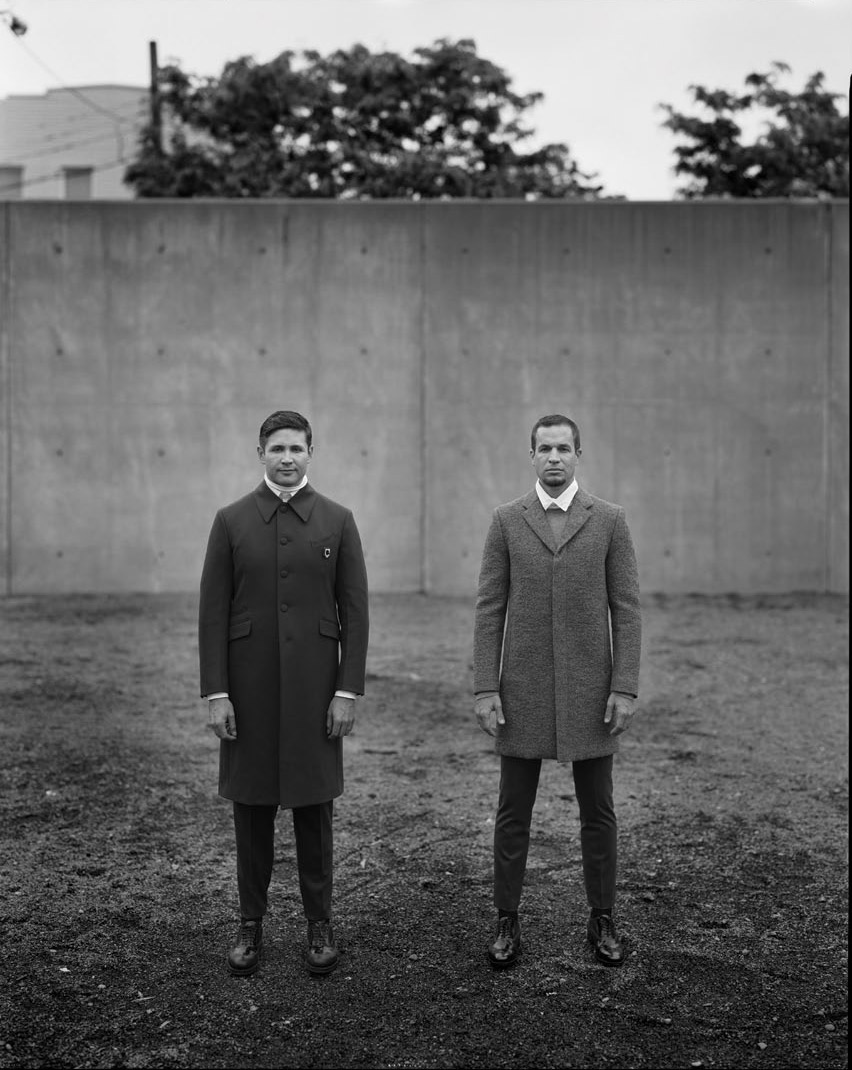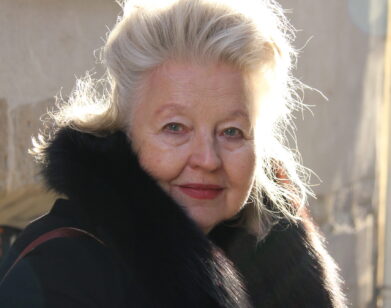HWKN
For all the talk about sustainability in architecture, the conversation is often limited to a few basics, like using more efficient light bulbs and conserving water. For Matthias Hollwich and Marc Kushner, co-founders of the architecture firm HWKN (an abbreviation of their last names), such minimal eco-efforts go without saying. “What we should really be talking about is how to push so far that we change the game completely,” says the 34-year-old Kushner. The New York-based duo aims to do just that with Wendy, the temporary sustainable structure that is this year’s winning design of the Museum of Modern Art/MoMA PS1’s Young Architects Program. A giant, futuristic plantlike cluster of spiky blue appendages, Wendy is made of nylon fabric coated with titania nanoparticle spray that actually cleans the air. While it stands in the PS1 courtyard from June to September, Wendy will neutralize 260 cars worth of pollution. “Wendy shows exactly what we are about—the sustainability, the formal approach. This is the first time we’re able to show that so sharply,” says Hollwich. Wendy (the name was inspired by the 1967 song “Windy” by The Association, as well as the meteorological convention of naming storms) will blow bursts of air and mist, and provide shade and seating for hoards of sweaty hipsters who come to PS1’s weekly summer Warm Up dance parties. “It’s fun, it’s pop-y, and you can get it without reading too much about it. But if you do, you understand that there is so much more behind it,” says Hollwich. When the piece is dismantled, the fabric will be recycled for uses to be determined.
The New Jersey-raised Kushner met the Munich-born Hollwich, 41, in Berlin through the architect Jürgen Mayer H, and formed HWKN a few years later, in 2007. Kushner and Hollwich share an unapologetically optimistic vision of a future made better through architecture, but as a young firm they know it’s not always easy to implement forward-thinking ideas. And so the award comes at a pivotal time. After a few pop-up structures (including shops for Uniqlo at the end of The High Line, in New York), they now have several larger commissions in the works. One is the redesign of The Pavilion, a landmark bar and club in the Pines on Long Island’s Fire Island that burned down last year. The Pines developers saw them win the MoMA prize and gained confidence in the young firm’s design. “We know the limits, and have always respected them, but now we can push them further,” says Hollwich. Also ambitious is BOOM, a series of housing developments for the growing elderly population, the prototype of which is being designed for a Palm Springs site. “We want to go deeper into the necessities of our society,” he continues. “Sustainability and living—and aging. It’s all connected.”







